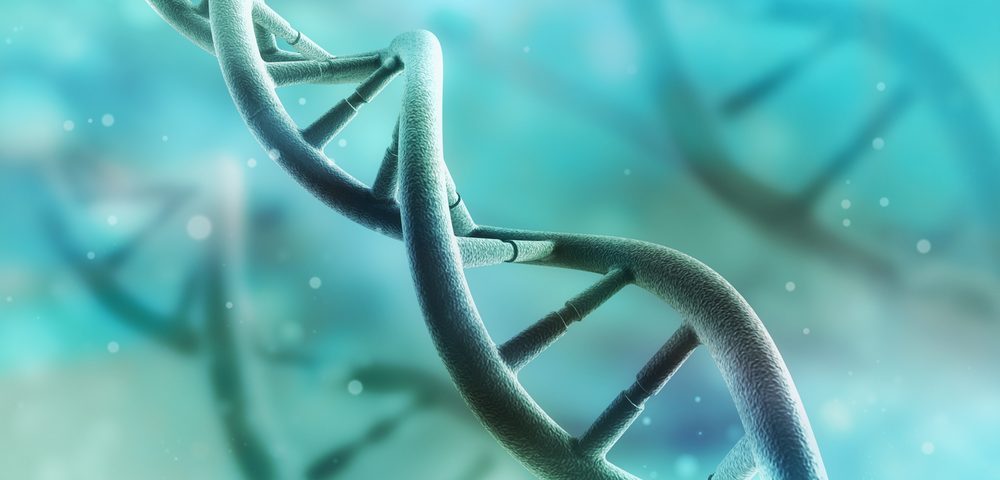A large-scale screening provided a system to prioritize gene targets for the potential development of tailored cancer therapies. According to the scientists, the findings may also help produce the Cancer Dependency Map, a comprehensive rulebook for the precision treatment of cancer.
The study, “Prioritisation of cancer therapeutic targets using CRISPR-Cas9 screens,” was published in the journal Nature.
Tailored therapies are more effective and safer than surgery, chemotherapy, and radiotherapy, but limited knowledge of target candidates has limited their use to a small subset of cancer patients. Strategies to identify and prioritize targets would thereby boost their success and help develop new treatments.
The CRISPR-Cas9 gene editing approach is able to deplete genes from the genome with high specificity, allowing researchers to study their function with great accuracy.
Thus, a team at the Wellcome Sanger Institute and Open Targets — a collaboration among the Wellcome Sanger Institute, EMBL-EBI, GSK, Biogen, Takeda, and Celgene — conducted a large CRISPR-Cas9 screen to find key genes for cancer survival and likely treatment targets.
“CRISPR is an incredibly powerful tool that enables us to do science at a scale and with a precision that we couldn’t do five years ago,” Kosuke Yusa, one of the study’s co-lead authors, said in a press release.
The investigators disrupted approximately 20,000 genes in 324 cancer cell lines from 30 cancer types and across 19 different tissues. They included common cancers, such as colon and breast, as well as cancers of particular unmet clinical need, such as lung, ovarian, and pancreatic.
First, the researchers identified 1,459 genes involved in cell survival. Then, a statistical method identified a median of 866 cancer-type-specific and 553 pan-cancer core genes, the latter referring to those genes that are common to most tested cell lines. A total of 132 of these pan-cancer genes (24%) were newly identified.
Cancer-type-specific core genes showed high levels in healthy tissues, which is consistent with a predicted role in key cellular processes and suggests toxicity if used as targets, the scientists noted.
They subsequently developed a ranking system to assign each gene a target priority score — ranging from 0 to 100 — based on its potential for treatment development. Each gene’s score depended on its expression level, its relative impact on cell survival, mutation status, evidence for other genes in the same pathway, and the frequency at which the target was altered in data from patients.
This led to a total of 628 unique priority targets, of which 617 were cancer-type-specific targets. The data further revealed a median of 88 targets per cancer type. Also, 457 (74%) of the cancer-type priority targets were identified in only one (56%) or two (18%) cancer types, “underscoring their context specificity,” the scientists said.
Among the priority targets, the PIK3CA gene is a target in ovarian cancer, among other tumor types. Different gene groups were defined, based on whether or not they have directed therapies already approved or in development, or whether they have evidence supporting their use as targets.
A top-scoring target in several tumor types, including ovarian cancer, was Werner syndrome RecQ helicase (WRN), which is required for the survival of tumors known as microsatellite unstable cancers, as shown in mice with colorectal cancer. Of note, the potential of WRN as a target in these tumors was supported in an accompanying study.
“Overall, our framework informed a data-driven list of prioritized therapeutic targets that would be strong candidates for the development of cancer drugs,” the scientists said.
Mentioning the hope that this study will help provide effective therapies for more patients, Mathew Garnett, a co-lead author in the study, said this tool will be “freely available for scientists across the world to understand what makes a cancer a cancer, and how we might target different types of cancers much more effectively than we do today.”
Fiona Behan, a co-first author, commented: “With the Cancer Dependency Map, I really hope to revolutionize treatment for patients.” She said that “even a handful of new, more effective anti-cancer drugs … would benefit an enormous number of patients.”
Karen Vousden, Cancer Research UK‘s chief scientist, said that “what makes this research so powerful is the scale.” She added that this study is “a salient leap” to accelerate the discovery of cancer treatment targets.
Vousden cautioned, however, that studies in cells do not “always reflect the complexities of cancer in the human body and so will not necessarily reflect how someone will respond to a drug.” Still, this work “provides some excellent starting points.”

